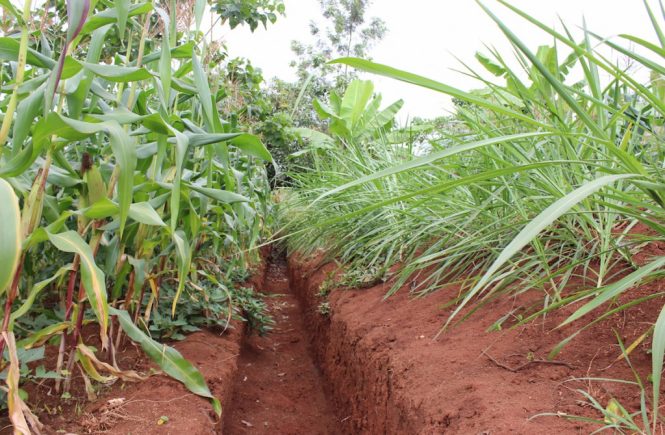When it comes to energy, countries—and in particular developing ones—could take a strong cue from Europe, where the use of bioenergy has been rising over the past two decades. Aware that the current reliance on fossil fuels is unsustainable from multiple perspectives, EU countries are increasing their use of renewable energy—including that stored in trees—for varied purposes, including electricity generation from biogas-fired power stations.
“All fossil energy sources have either reached or passed their peak production. Even with new discoveries of oil reserves in Africa, and technologies such as fracking for gas, we are running out of energy,” said Philip Dobie, Senior Fellow at ICRAF.Read more. . .










